Some great devices.
The digital world marches on and much as I fight the tide with a solid adherence to an analog, mechanical universe, there’s no denying that digital technology is superior in every way, despite having the personality and charisma of a washing machine.
One of the costliest additions to the digital household at the beginning of the year was a 65″ LG OLED TV. Thinner than an iPhone it starts very quickly, delivers blacks the likes of which were heretofore unobtainable on a television and, unsurprisingly, is reliable as a refrigerator. While I confess to being slightly discombobulated with the occasional exhortation on turn-on to update the operating system, the device is a delight to use. (Eventually I simply turned off the internet connection and am bugged no more). We are rapidly approaching the day where that 100″ projection screen setup I installed in the vineyard home will become affordable in a big screen TV. The price one year ago was $2,697. The set now retails for $2,349, a modest drop of 13% reflecting the difficulty of making fault free large OLED panels. And did I mention it’s thinner than an iPhone?
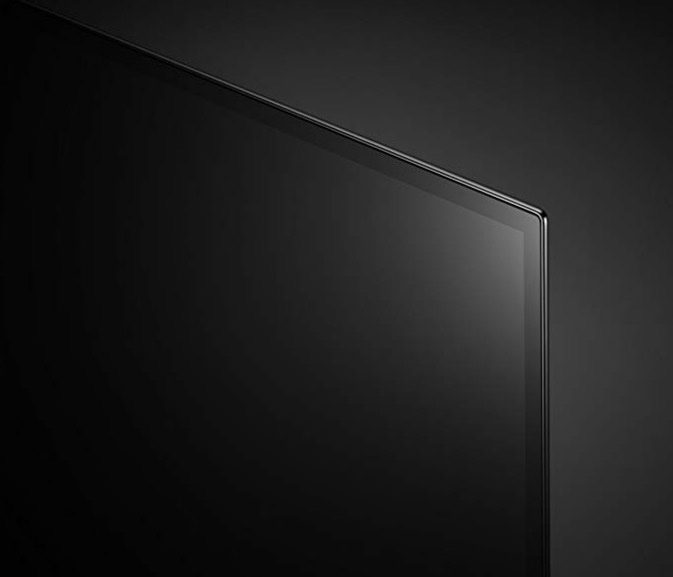
The 65″ LG OLED TV.
That big screen TV was accompanied by a pair of special electrostatic loudspeakers, as capable of rendering shoot-’em-up action as they are in plumbing the depths of Horowitz’s Steinway. There is a lot of overpriced trash in the high end speaker sector. Martin Logan has been around for ever and appears financially stable.
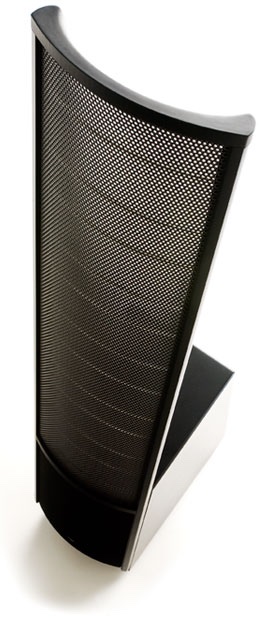
A very special loudspeaker – the Martin Logan ESL.
And because those electrostatic panels are not that good at moving the large volumes of air dictated by low bass notes, the main speakers are accompanied by the desirable adjunct of a powered sub-woofer.
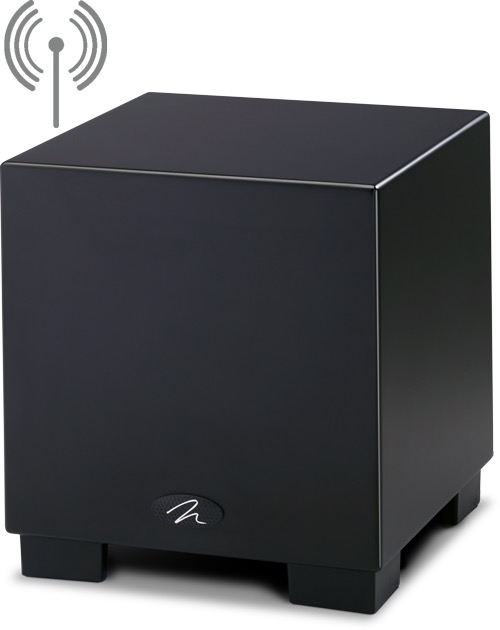
The Martin Logan Dynamo 700 subwoofer. Low notes are rendered correctly.
But it’s always something and both the main speakers and sub-woofer demand lots of clean power so the Parasound stereo amplifier, 5 year warranty and all, joined the team:
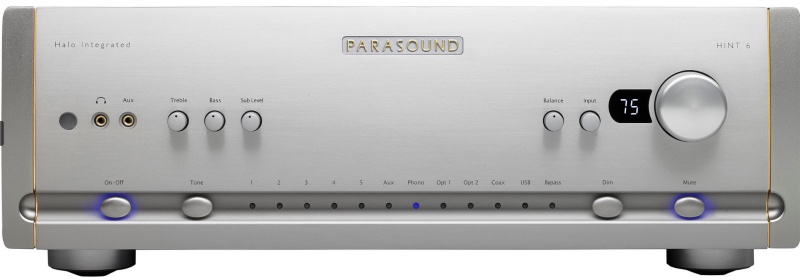
The Parasound integrated stereo amplifier.
This outfit has quickly become second nature, taken for granted like a good camera and lens.
And speaking of cameras and the analog world, what could be more analog than film? I blame two friends for my film rediscovery this year, the one a film fanatic and prof at CalTech, the other an AV technologist in Boston with a fine eye who sent me some rolls of Kodak’s Ektar. I went about the hardware discovery process in the best American tradition. I threw money at it. So I snapped up a Nikon FE, A Nikon N90S and a Nikon F100, to see which spoke to me loudest. The FE was lovely but I really missed AF as my eyes are not what they were. The N90S came in a lovely compact package but refused to speak to my old chipped MF Nikkors on those increasingly rare occasions where I brave manual focus. But the F100 proved to be the bee’s knees, a perfect melding of digital technology (AF, auto exposure) and film. Money? Film bodies are so inexpensive that after selling the FE and N90S I was but $150 out of pocket.
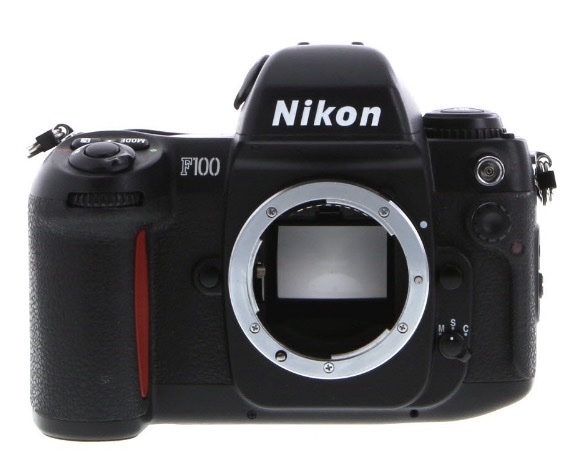
The finest film camera made. The Nikon F100.
Not least of the F100’s beauty is that the controls and layout are almost identical to those of the D700, Nikon’s first FF DSLR and one I reverted to after selling the big and clunky D3x. Sure the D3x delivered 24 sharp megapixels, but I really did not need those, any more than I needed the truck-like weight. The D700 boasts but 12 high quality megapixels and boy do they ever work.
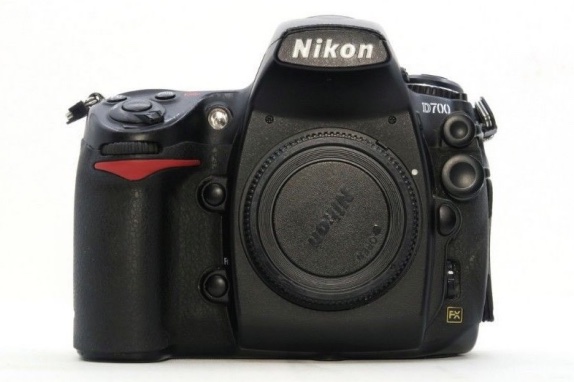
The Nikon D700 – available for very little in mint condition.
Finally, long time readers will know that I am a confessed long time motorcycling addict. My 1975 BMW R90/6 is now in its 29th year with me and absent newer shocks remains pretty much in original condition, right down to the antique but perfectly capable mechanical points ignition. The sole nod the BMW makes to the electronic world is a couple of $1 relays to preclude frying of the wiring harness when the 120dB Italian FIAMM horns are worked to alert left-turning morons in cars that a two wheeled human being is headed their way.
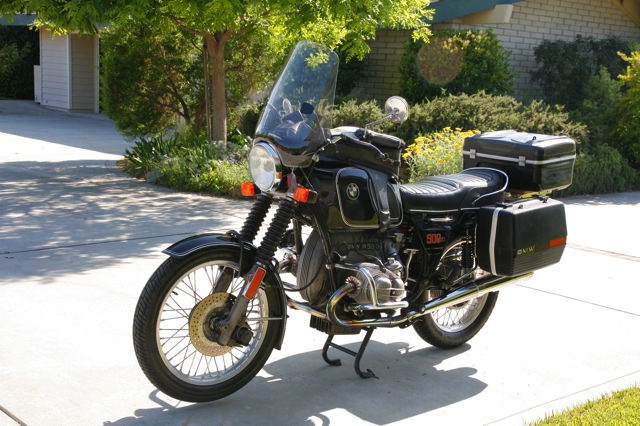
My 1975 BMW R90/6. A product very much of the mechanical age, with awful instrument lighting.
But this year the miserably weak instrument lighting, a small sub-chassis containing a myriad of minuscule incandescent light bulbs prone to failure and hell to access for replacement, gave way to an LED harness. This was invented by a lady rider who had grown mightily frustrated with the constant failure of her stock lighting harness, not least the fact that if the generator bulb fails that it takes the whole ignition system with it. Who thought that up? Anyway, that frustrated lady rider happens to have a spouse who is expert in CAD/CAM and he came up with an LED bulb chassis which is a drop in replacement for the stock one, is so bright that I can finally, after 29 years, see my high beam indicator in bright sunlight, and which will certainly outlast me and the bike.

The stock and KatDash LED lighting harness for the BMW Airhead.
And while I am mixing analog and digital, you should know that both my tachometer and speedometer failed within weeks of one another at 63,000 miles, expertly repaired by the geniuses at Palo Alto Speedometer at considerable expense. At least I will not have to crack the instrument housing again. For all their charm and charisma, no one could accuse analog devices of coming with low maintenance costs.
iPhone you ask? Why yes, I was forced to upgrade my iPhone 6 by a felonious maker who made it so slow with software ‘upgrades’ as to be useless. I switched to a used iPhone 7 for a net cost of $300, thus denying said felon my money while reclaiming the lost speed at reasonable cost. No more new iPhones for me.